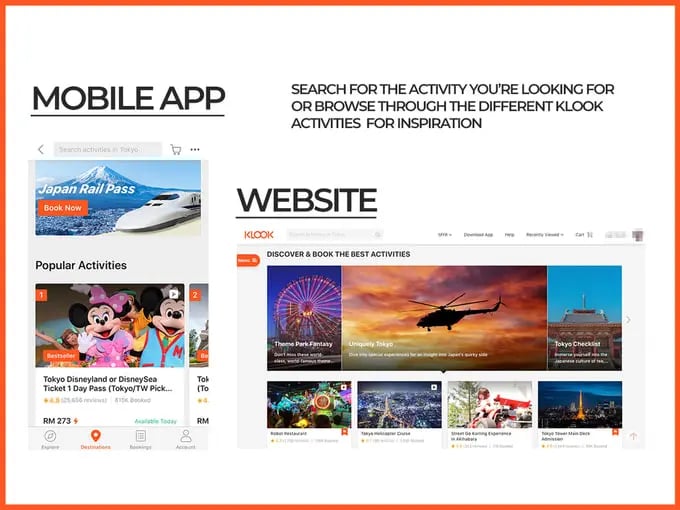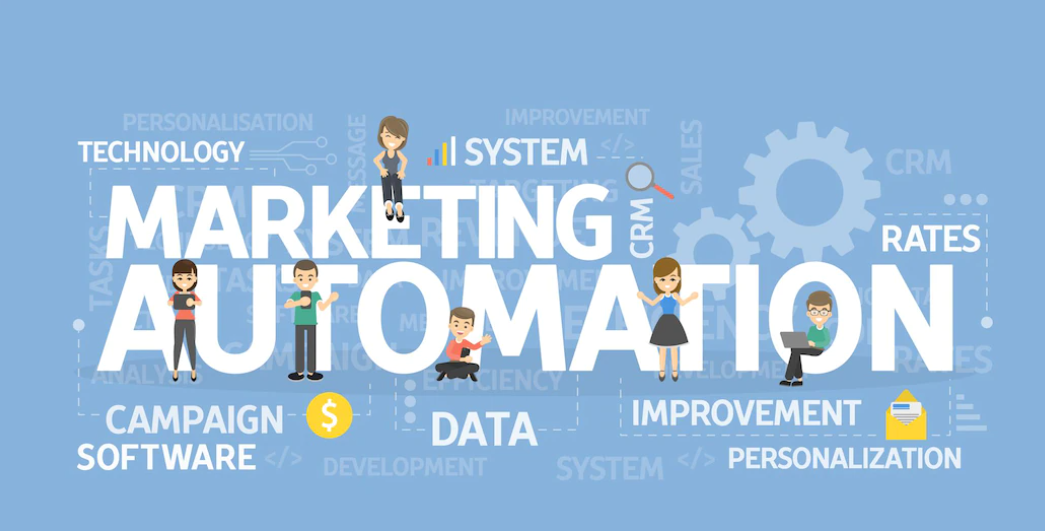Psychographic Segmentation Types And How To Use for eCommerce Businesses
It is widely known that a Jack of all trades is a master of none, and when it comes to e-commerce marketing, it is kind of the same. To put it in other words, if you are targeting everyone, you will barely reach anyone. But if you are targeting the right consumers, you can effortlessly skyrocket sales! In this blog, we will tell you how to use the top psychographic segmentation types for eCommerce to increase sales and revenues.
Table of Contents
- What is Psychographic Segmentation?
- Why is psychographic segmentation important for eCommerce businesses?
- Psychographic Segmentation Types for eCommerce
- Lifestyle
- Personality
- Social status
- Activities, interests, and opinions (AIO)
- Values
- Businesses Successfully Using Psychographic Segmentation
- How do you use psychographic segmentation in your online store?
- Auto-Segmentation
What is Psychographic Segmentation?

There are several segmentation types, so what exactly is psychographic segmentation? Basically, it is a marketing segmentation strategy that works on dividing customers into sub-groups based on various factors, including:
- Beliefs
- Values
- Social status
- Opinions
- Attitudes
- Interests
But here, another important question arises: why is it important for e-commerce businesses?
Like any of your marketing efforts, the end goal of using psychographic segmentation is increasing sales and revenues. However, there are many other advantages you will find in the way.
Why is psychographic segmentation important for eCommerce businesses?
Generally, segmenting your customers can lead to a 50% increase in conversion, a 20% increase in ROI, and a 30% decrease in costs!
But specifically, when you use psychographic segmentation, you can:
- Have a deeper understanding of customers’ needs and desires.
- Enhance personalization beyond the traditional name, age, and gender most companies use.
- Cut costs: when you know what your customers want to hear and where they are, you can reduce unnecessary costs and avoid wasting resources on broad-based marketing efforts.
- Create a strong bond with your customers and improve retention.
- Align product development with concrete insights about each segment.
As previously noted, all that will directly lead to a bigger market share, higher ROI, and, most importantly, sales and revenue increase!
On that high note, are you ready to learn about the best psychographic segmentation examples for eCommerce businesses?
Discover more in Psychographic Segmentation in Marketing: The Complete Guide
Best Psychographic Segmentation Fypes for eCommerce
Let’s imagine your eCommerce business has a bunch of customers, and you want to use psychographic segmentation for better results in your marketing efforts; you can segment them based on the following:
1- Lifestyle
To segment according to lifestyle, you need to learn what your customers' habits are. For instance, do they have certain dietary restrictions? Do they regularly work out? Do they like to hit the gym or go for a run?
Through this, you can segment customers according to their lifestyle (whether they are keen on leading a healthy life or is it not a priority for them).
2- Personality
This is one of the most important psychographic segmentation types as it focuses on segmenting customers based on their traits. The traits to look for include but are not limited to creativity, friendliness, opinions, introvertness/extrovertness, and even sense of humor.
For instance, if your eCommerce business sells coffee and you have a segment that loves to put their own creative touch on everything. Then you can create a bundle featuring coffee and different flavors they can mix and match!
3- Social status
Despite popular belief, social status is not just used for pricing strategies; it can also benefit marketing techniques.
Of course, pricing your products based on your target audience’s social level is crucial, but you can also use it to create the right message that resonates with each social level.
To be more precise, let’s say you are marketing the same product to the upper class and upper middle class, when communicating with the first group words like luxury and high-end are favorable. However, with the upper middle class, it might be better to focus on the value-for-money aspect.
4- Activities, interests, and opinions (AIO)
These three come together because they all revolve around what customers are enthusiastically interested in. You can separate them into three segments, however, most companies take them as a package because they offer an insight into customers’ general worldview.
One of the most famous examples of this psychographic segment is organic food companies. These companies specifically built their production around a segment with a strong opinion of healthy food.
Fun fact: what started as a niche market for the AIO segment turned out to be a very profitable industry. In fact, last year the global organic food industry was worth USD 183.35 billion, and it is predicted to be worth roughly USD 546.97 billion by 2032.
5- Values
Segmenting by values means targeting groups that are passionate about certain topics. In other words, what customers believe is right and what is wrong.
The most common example for the eCommerce industry is creating sustainable products, using recycled packaging, and reducing carbon footprint by any means. All of that appeals to segments that see sustainability as an important value to uphold.
Needless to say, the data you look for should be altered based on your sector and market.
After asking the right questions, you can learn which features and aspects of your products to highlight. You can also alter your products or come out with new ones that perfectly align with each segment’s needs.
Now let’s take a look at some companies that are already successfully using psychographic segmentation.
Businesses Successfully Using Psychographic Segmentation (Real-life Examples)
Psychographic segmentation is not a new thing, so already numerous companies have successfully used it to segment their customers, such as:
- Patagonia

Remember the environmentally friendly segment? Those are exactly who the renowned American retailer Patagonia targeted in their “Don’t Buy This Jacket” campaign.
This campaign raised awareness of the environmental impact of constant new purchases. It also pushed for buying less and instead finding ways to prolong the lifespan of each item.
This ad was in The New York Times in 2011, and to this day, it is one of the most talked about campaigns, showing you the power of psychographic segmentation.
- Klook

The travel platform Klook took segmentation to a whole new level and provided one of the best psychographic segmentation examples out there. It didn’t just alter its message or some features; it changed the website interface to make it easy for each segment to find exactly what they wanted.
People travel for various activities and interests so Klook successfully played on that!
Find more real-life psychographic segmentation examples in Top 8 Psychographic Segmentation Examples For eCommerce To Inspire You
You have heard enough; now is the time for you to segment for yourself!
How to Use Psychographic Segmentation in Your Online Store?
This step-by-step guide will help your eCommerce business get the best results from psychographic segmentation.
1- Set an objective
Psychographic segmentation can be used for altering messages, product developments, and various other reasons. So right off the bat, you should set an objective that aligns with your general goals.
2- Collect data
Now it is time to collect the data you need for segmenting. Despite what many people think, there are numerous ethical ways to collect data including:
- Questionnaires
- Interviews
- Website tracking tools (like GA4- Google Tag Manager)
- Focus groups
- Market research companies
3- Analyze the data collected
This is a no-brainer: you have some important data, and this is the time to analyze it. The only pitfall here is identifying patterns within the data related to your psychographic segmentation variables.
But with the right objectives in mind, you can easily avoid that!
4- Create buyer personas
To truly capture the essence of each psychographic segment, you should create buyer personas. A persona has to be created with multiple segmentation types (a mix of demographics, psychographics, behavioral, and other types).
This helps put a face and a name to the segment by humanizing the whole experience.
5- Test, test, test, & improve
Like any of your other marketing activities, continuously testing and improving along the way is one of the most important steps you can’t overlook.
Excited to start segmenting yourself? Well, before losing precious time and effort manually segmenting customers, we will let you in on an industry secret - automation!
Auto-Segmentation
Ok, maybe automation is not an industry secret but it is definitely one of the most important tools for eCommerce businesses.
Using a marketing operating system like ConvertedIn can help you in auto-segmenting customers, targeting each customer with the right message across different channels, and automatically updating saved segments in real time.
Don’t analyze customer segments on your own, request a demo and start segmenting now with ConvertedIn to skyrocket your ROI!
 By
By

